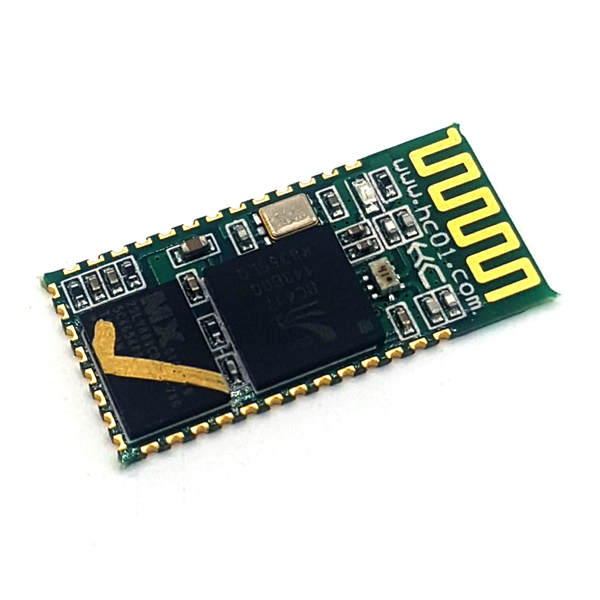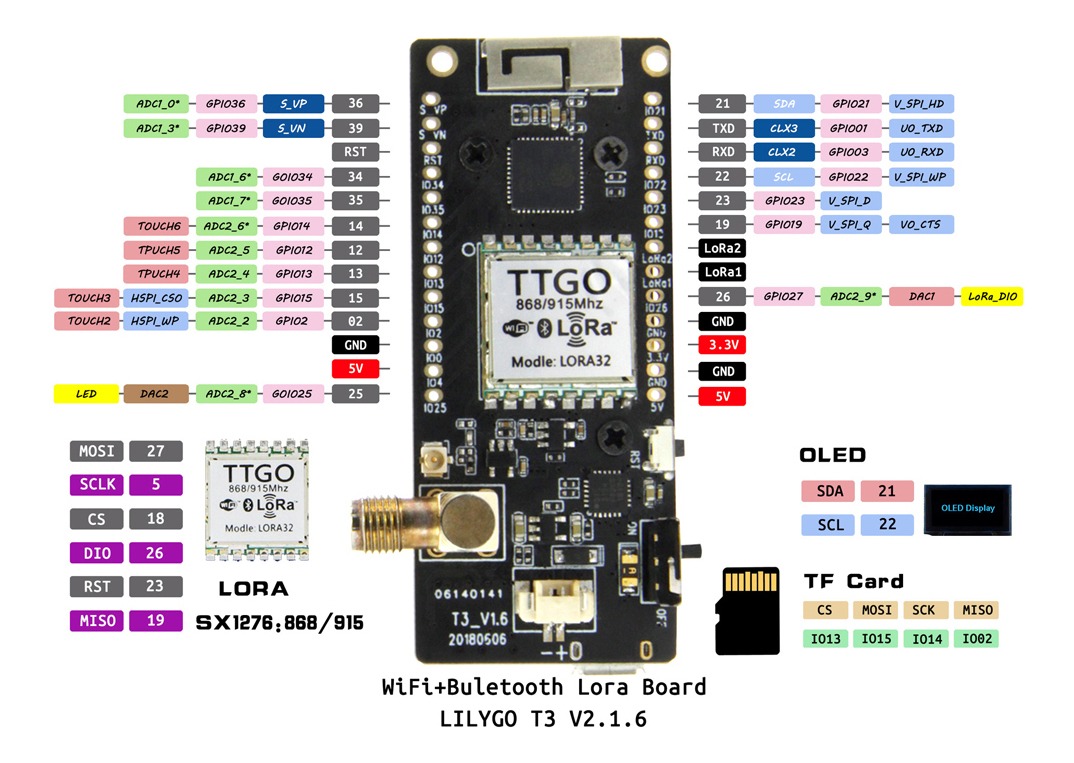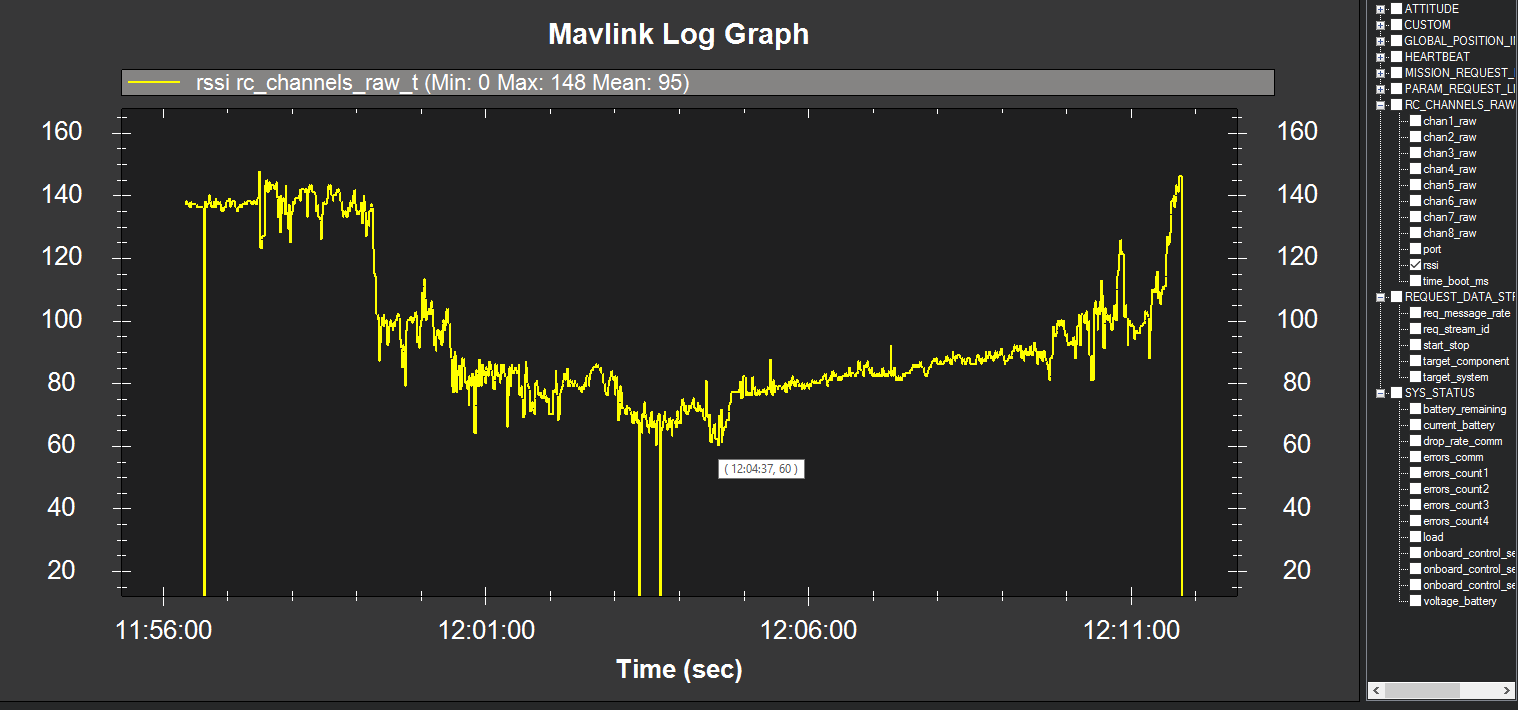

Additionally, the entire mature Bluetooth technology ecosystem contributes to the deployment of large-scale and various applications. It benefits from the development of applications related to interacting with humans. In practice, there are many types of RF-based technologies that can apply to IPS development with RSSI, including Bluetooth Low Energy (BLE), WIFI, ultra-wideband (UWB), the 5G cellular network, and many others.įurthermore, most smartphone-embedded BLE antennas today make the BLE technology take advantage of other RF-based technologies. The RF-based IPS working with the Received Signal Strength Indicator (RSSI) has been one of the most popular technologies for decades. In addition, integration with autonomous vehicles in factories and production lines for the industry sector is currently under development, due to its higher system requirements. The implementation of IPS solutions can provide location data in closed environments, which can be used for indoor navigation, a foot traffic analysis, or enhanced retail experiences.

The adoption of an indoor positioning system (IPS) represents an important technological upgrade for different institutions, such as exhibition centers, museums, retail stores, underground transportation facilities, and healthcare centers, among others. In addition, the Bluetooth 5.0 specifications seem more promising in bringing brightness to RTLS applications in the future, due to its higher signal stability and better performance in lower interference environments. According to the analysis results, the BLE wireless signal strength is susceptible to interference in the manufacturing environment but still workable on certain occasions. Nevertheless, the positioning accuracy dropped to a meter-scale accuracy when the measurements were executed in a three-dimensional configuration and complex environment. As the experiment results showed, the positioning accuracy could reach 10 cm when the beacons and scanners were at the same horizontal plane in a less-noisy environment. The analysis methods applied to process the data for precise positioning included the Signal propagation model, Trilateration, Modification coefficient, and Kalman filter.

The measurement paradigm consisted of three segments, RSSI–distance conversion, multi-beacon in-plane, and diverse directional measurement. Beacons and scanners used two Bluetooth specifications, BLE 5.0 and 4.2, for experimentations. Its recent signal stability and propagation distance improvement inspired us to conduct this project. Bluetooth Low Energy (BLE) is one of the RF-based technologies that has been utilizing Received Signal Strength Indicators (RSSI) in indoor position location systems (IPS) for decades.


 0 kommentar(er)
0 kommentar(er)
